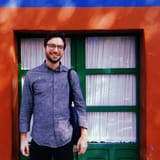How Candidates for East New York’s 37th Council District Would Re-Think Policing and Safety
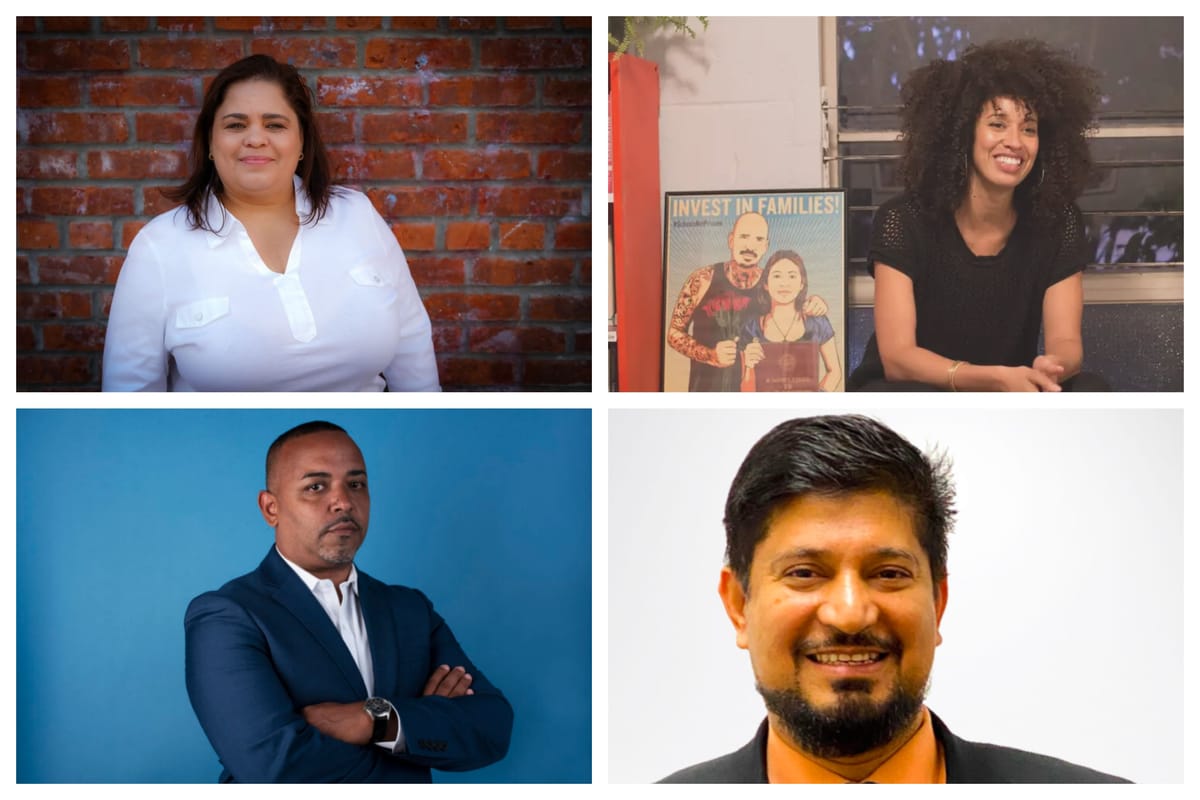

Last year, the NYPD’s 75th Precinct, which includes the neighborhoods of East New York and Cypress Hills, had the dubious distinction of being the area with both the most shooting incidents and the highest number of police misconduct complaints of anywhere in the city.
The precinct had 102 shootings last year, up from 51 in 2019. At the same time, the 75th led the city in complaints to the Civilian Complaint Review Board (CCRB), and in recent years was the subject of at least 90 lawsuits. Worse, officers with substantiated complaints often received promotions and raises instead of punishment.
Bklyner previously asked East New York activists and community leaders what they thought needed to happen to re-imagine policing and public safety in their neighborhood. We also spoke to candidates for the City Council’s 42nd District, which overlaps with the southern half of the precinct.
Now, we’re sharing the thoughts of the candidates running in the 37th Council District, which overlaps with the precinct’s northern half and includes parts of Cypress Hills, East New York, Brownsville and Bushwick.
Darma Diaz was elected in a special election there last year; she’ll run again against Sandy Nurse, Rich Echevarria, Misba Abdin and Heriberto Mateo in the June 22nd primary.
Bklyner spoke with Diaz, Nurse, Echevarria and Abdin (Mateo could not be reached). Read on for more detail on each of their approaches to the twin issues of policing and public safety.
Darma Diaz
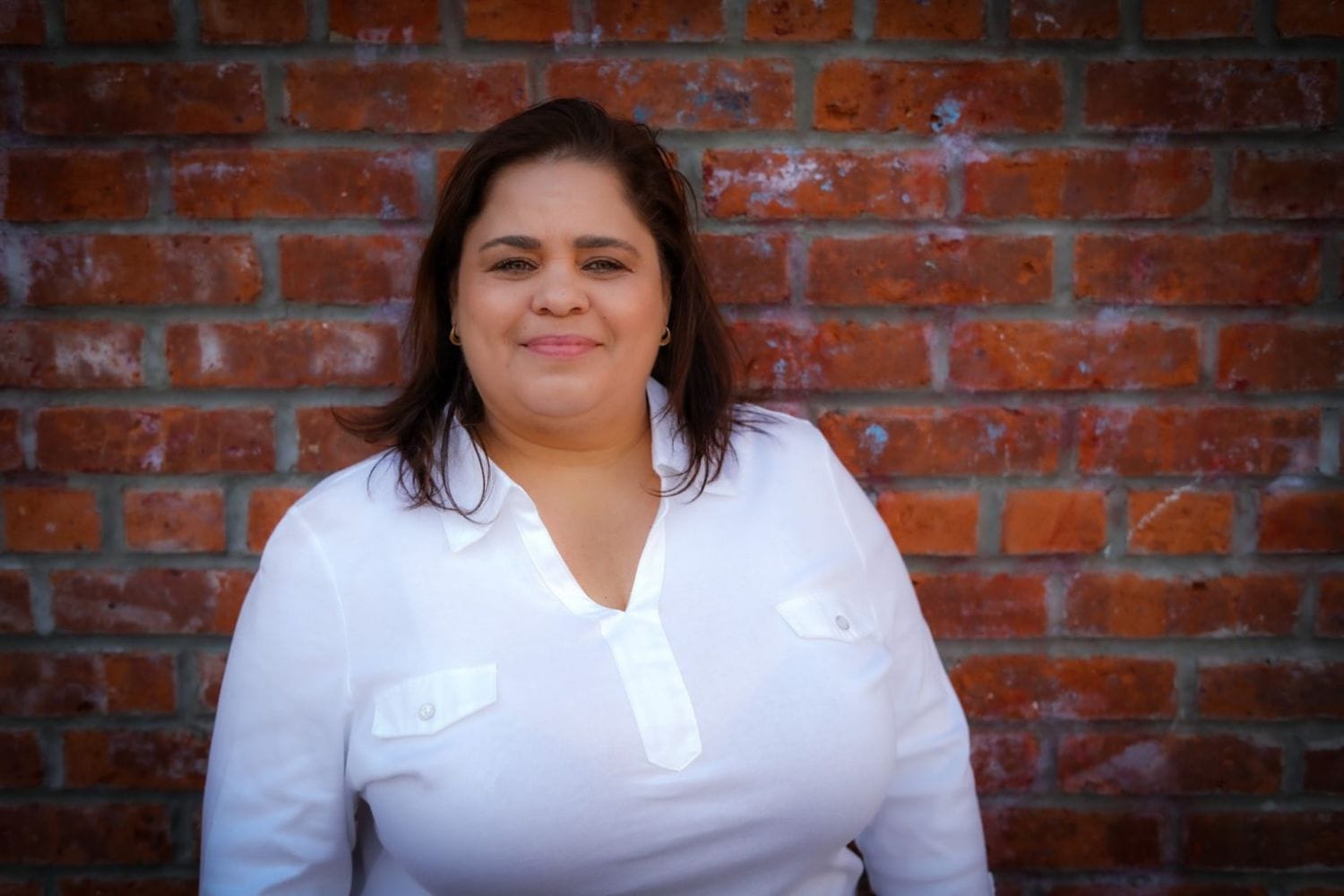
The first thing Diaz noted about the 75th Precinct was its size: at 5.6 square miles, the 75th is the second-largest precinct in the borough by area (the largest, the neighboring 66th, includes Floyd Bennett Field).
“We need to divide the precinct in two,” said Diaz. “For years, the community has asked for two precincts. What NYPD has done is give us more law enforcement, but it comes out of a small station that is overburdened.”
The effectiveness of that solution has been disputed by some advocates. Nevertheless, Diaz suggested the move could bring “more resources, not necessarily more cops doing the same type of work.”
“I’ve seen the beat cop, and it was helpful where the community knew the officer, there was a level of engagement and a conversation,” said Diaz. “The NCO program they have right now is bringing that back where there are relationships being built. I believe we need a balance. One side is preventative and allowing for relationships to be built. But we have some hot spots where a conversation needs to be had.”
Diaz previously served as housing services director at a homeless shelter run by Overcoming Love Ministries (OCLM). She spoke frequently about the need for “conversations” and for “block by block” engagement with vulnerable populations at risk of becoming entangled in violence. She said reducing violence required “a holistic approach” that involved investing in housing, health and education, citing the work of nonprofits like LISC.
Diaz also said she believed the public conversation about policing reform had shifted from “defunding the police” to “re-allocating the funds” to better serve community needs.
“I don’t need five officers in the corner where people feel profiled and abused,” Diaz said. “But do we need more officers in the domestic violence unit? Do we need more officers to do community engagement? Some communities need more money and more attention than others.”
Diaz, who in the special election was supported by the Brooklyn Democratic Party, supports requiring NYPD officers to live within the city limits. She also signed onto a petition pushing the city to give the CCRB final say on police discipline, and to allow the public to elect its members. And she said she supports redirecting a “chunk of money” from the NYPD to better support cure violence groups “that have worked and have a proven track record.”
But she said she would revisit the NYPD’s decision to disband its anti-crime units, which worked to get illegal guns off the streets but were also notorious for misconduct and abuse.
“I think it’s time for us to come back to the table due to the fact that violence is increasing and guns are not being taken off the street,” Diaz said. “I want to revisit the decision but I want community stakeholders at the table.”
Diaz said her time working at a shelter taught her to work collaboratively with the NYPD to defuse violent situations, like a conflict that involved a resident shoving the site’s executive director against a wall. But she also described tense interactions she’d had with an officer who pulled her over while she was driving home from work with her daughter in the back seat.
“Fear, I understand,” she said. “Being pulled over is an extremely uncomfortable feeling for me. When an officer stops you, he’s not stopping you to say good afternoon.”
Sandy Nurse
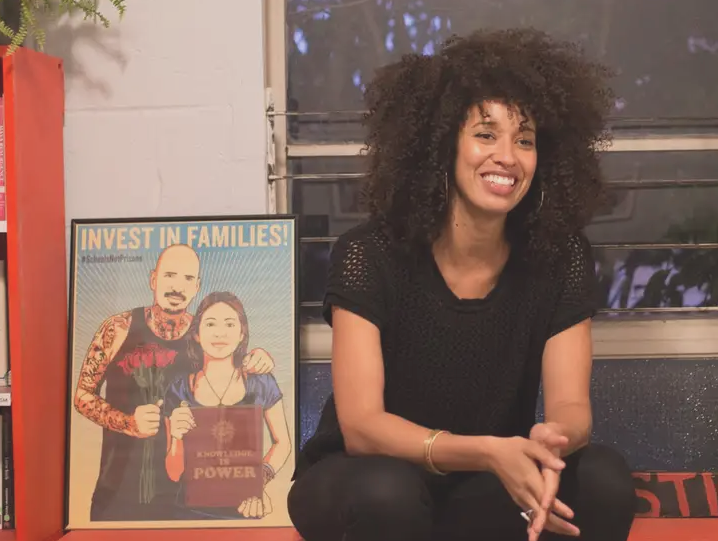
Nurse, a community organizer and co-founder of the initiatives BK ROT and Mayday Space, called the jump in gun violence “the last thing our community needed” and blamed it on “a neighborhood that has been defunded.”
Nurse was actively involved in last summer’s defund-the-police protests, and said the NYPD’s $6 billion budget “doesn’t reflect the needs of working people.” She said canvassing the district to speak with residents had helped her identify other ways to shape public safety.
“When we’ve been canvassing, the number one thing people say makes them feel safe is consistent sanitation,” Nurse said. “People want safe, secure housing, public transportation that’s functioning. They want the lights near the park and transit station to work. They want access to health care. These are things people associate with safety.”
She also pushed back on arguments from some Black Council Members who say the call to defund the police is a form of “political gentrification.”
“Black people are not a monolith,” said Nurse, who has been endorsed by a broad range of progressive elected officials and advocacy groups, including Congresswoman Nydia Velazquez and the NY Working Families Party. “Those who say that are missing the point, and leaning on a sensationalist narrative to redirect the argument away from the root cause of some of our issues.”
Nurse said the presence of guns in East New York was partially out of the city’s control—”No matter how much money we put into this, guns are still gonna flow into our communities,” she said, arguing for federal gun reform legislation and a “coalition at every level of government to get at the guns problem nationally”—but she identified key investments where the city could make a difference.
She wants to see more social workers and mental health experts “responding to crises in our school system with the community school model.” She also wants to increase the number of violence interrupter groups, citing the work of the East New York entity Man Up, among others. She praised a city pilot program last month that temporarily replaced some officers with violence interrupter groups on a stretch of Mother Gaston Boulevard in Brownsville.
“I would love to see more of that,” Nurse said. “But what does it look like over a month? With expanded turf? We’ve seen successful case studies elsewhere, and I’m glad to see it taking root here.”
Like Diaz, Nurse supports giving the CCRB disciplinary authority over officer misconduct, but she was slightly skeptical of the push to require officers to live within city limits (“I’d like to see stronger evidence. There’s not necessarily consensus on this piece.”), and allowing communities to select precinct commanding officers (“People should definitely have a say,” but “we should be extending that to more folks” than just those on existing neighborhood bodies like community boards or police precinct councils.)
That skepticism, perhaps, reflects a worldview colored by the inability of the police to prevent the violence Nurse said she had experienced in her own life.
“I grew up in a home with domestic violence,” she said. “We had cops coming all the time. They did not prevent violence happening in my home. What made me safe had nothing to do with police. It had to do with programs I had access to. Mental health services. Good educators who took time out of their own day to work with me.”
Rick Echevarria
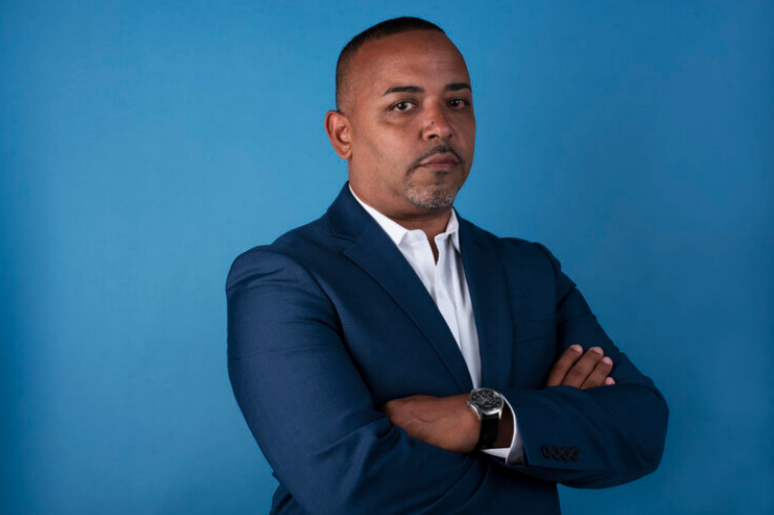
Echevarria, a housing activist who has worked with the Bushwick Housing Independence Project and CHANGER, said the area’s challenges with violence and police have at their root a “managerial crisis” at the NYPD. But, he said, that doesn’t mean the police don’t have an important role to play.
“I thought the disbanding of the anti-crime unit was pretty reactionary,” Echevarria said. “I think that a unit that specifically works to take guns off the streets is a necessary thing. But there’s a significant managerial crisis at the NYPD that has led to a situation where they poorly managed the program, and the residents of the 75th Precinct suffered as a result.”
He also favors splitting the precinct in half, saying it was “very inefficiently-run” with “major resource allocation problems.” But he said he was “not strongly in favor” of the proposal to allow community input on commanding officer selection because “we need to be addressing higher managerial problems at NYPD.”
“We’ve invested way too much money in policing, and the management philosophy has just moved toward shows of strength and basically a white supremacist structure,” he said.
Echeverria supports the defund movement (though not, he is clear, “abolishing” the police) and said he wished the City Council had been more aggressive in reallocating money away from the NYPD in its last budget. He also cited his experience as a housing activist, where he said conflicts between landlords and struggling tenants often escalated into violence.
“I could see a social worker unit driving around,” he said. “But I also think we should have a housing unit on patrol, driving around 24 hours per day, who really know housing law, especially in gentrifying neighborhoods when conflicts tend to flare up.”
And he supports re-imagining police training in the form of a social service-focused “internship.”
“I think police should be required to participate in a locally-based internship for at least 18 months before they can join the force,” Echevarria said. “It should be a paid internship where they do some kind of social service work. So they ride around with housing and mental health units, get a sense of what the job entails, what conditions are like, what are the local dynamics.”
He wants to increase funding to nonviolence groups but also cautioned that strict oversight would be necessary, “because we do have a kind of nonprofit-industrial complex that’s pretty significant, and the biggest groups tend to capture all the funding.”
Fundamentally, he said, he sees crime as “a battle for space” that residents can re-claim as a way to fight violence.
“As a housing organizer, I realized the better organized a building was in terms of a tenant association, the less likely that crime would occur on stoops or on the block,” Echevarria said. “These entities can improve quality of life, which indirectly helps from a crime perspective, too.”
Misba Abdin

Abdin, the founder of Bangladeshi American Community Development & Youth Services, is unique among the race’s candidates: he does not support reducing police department funding, nor would he shift responsibilities from the police to unarmed anti-violence groups.
Instead, he would get criminals “off the street,” by “providing workshops, meaningful job training, and ‘affordable’ places to live only to name a few.”
Misba is also against disbanding the anti-crime unit, because he “supports all units of the police department.” He also does not support introducing a residency requirement; “people should have a right to live where they want to,” he said, and “I think the majority of our officers have families.”
But he does support “more community policing” and said officers should be assigned to specific blocks “where all will get to know ‘their officer.’” He also said the public should have some role in selecting CCRB members and commanding officers.
And Abdin said some form of accountability was necessary for officers who committed abuses.
“Every officer if proven guilty should be held accountable for their actions,” Abdin said. “I would support a community review board with members from both the department and community to review all complaints.”

